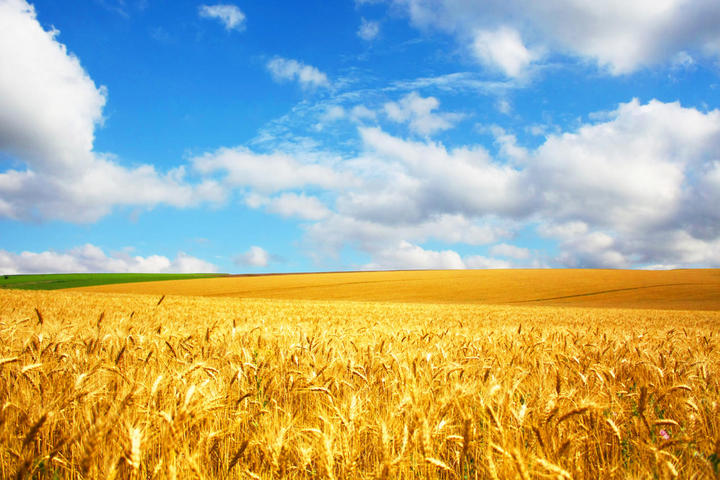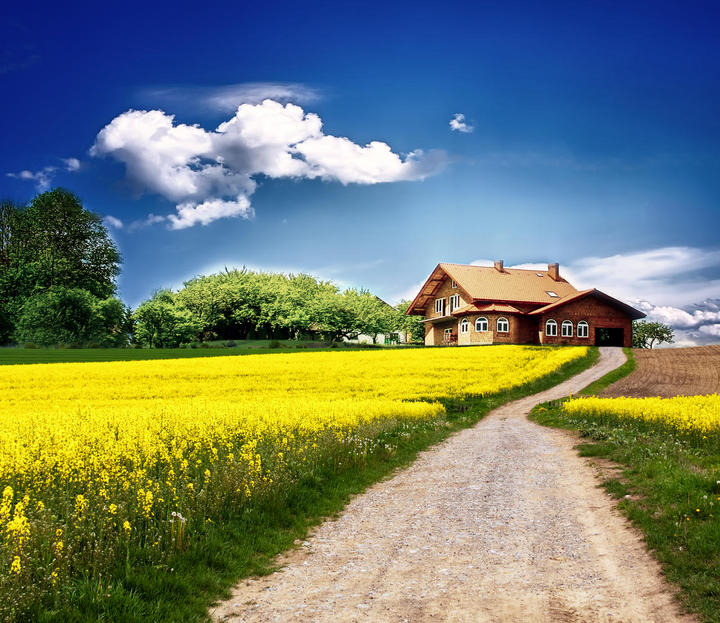


Sunflower (sunflower) is a major cash crop in China, and also an important insect pollination crop. Its planting area and export volume rank first in the world. Due to factors such as large planting area, difficulty in crop rotation and rotation, and frequent seed transportation in planting areas, the types of pests and diseases are increasing year by year. The use of high-efficiency pesticides such as cypermethrin in the prevention and control of sunflower borers in Inner Mongolia has led to a significant decrease in the number of bees, with less than 30000 pollinated bee colonies, resulting in a decrease in sunflower yield. For example, the loss caused to farmers from 2006 to 2007 was over 200 million yuan. In order to fundamentally solve the problems of safe pollination by bees and improving crop quality and efficiency, supported by projects such as agricultural technology experiments and demonstrations by the Ministry of Agriculture, we have studied and optimized the sunflower bee pollination and various green prevention and control technology systems for pests and diseases throughout the entire process. We have integrated and promoted the sunflower bee pollination and green prevention and control technology model for pests and diseases, and explored the application of the integrated promotion mechanism of “industry, university, research, enterprise, and agricultural management service”. From 2014 to 2018, the total area of promotion and application was over 10 million mu, and the demonstration area saved about 30 yuan in cost per mu. The insect feeding rate of sunflower seeds significantly decreased, with an average increase of 66.8 kilograms per mu and an additional benefit of 467.6 yuan per mu. The economic benefits were significant; We have achieved the goal of “pest free and disease free”, protected the safe pollination of bees, and achieved significant ecological benefits; Farmers have actively recruited bees, bee farmers have released bees with peace of mind, and the integration of bee pollination and green prevention and control has undergone profound historical changes, resulting in significant social benefits. Promoted the healthy and sustainable development of planting and beekeeping industries, and won the first prize of the 2017 Inner Mongolia Autonomous Region Agriculture and Animal Husbandry Harvest Award.2、 Technical pointsThe integrated technology model of sunflower bee pollination and full process green prevention and control of pests and diseases is shown in the figure.41.JPGSunflower bee pollination and integrated green prevention and control technology for diseases and pests throughout the processNote: In case of sudden diseases and pests that meet the control indicators, priority should be given to selecting pesticides that are efficient, low toxicity, low residue, and safe for bees.1. Selection of resistant varieties using integrated technology during the sowing period: Select varieties with high or multiple resistance based on the main local pest and disease control objects. SH363, SH361, 3638c, etc. can be selected in areas with severe damage from sunflower wilt disease. Among them, most of the main varieties such as SH363 and JK601 are highly or moderately dependent on bee pollination. It is necessary to plan and deploy bee pollination in advance based on the dependence of the selected varieties on bee pollination in different regions, and provide scientific and reasonable bee pollination density to beekeeping associations.Diversion sowing and pest avoidance technology: According to different varieties and local climate characteristics, adopt delaying sowing time to avoid pests technology. In the western region of Inner Mongolia, arranging the sowing period of sunflower short date hybrid varieties from May 25th to June 10th can avoid or shorten the overlapping time between the sunflower flowering period and the occurrence period of sunflower borer adults, and the control effect can reach over 90%.42.JPGEffect of adjusting sowing time to prevent and control sunflowersNote: Sowing on April 25th in the left image resulted in a 72.9% insect feeding rate; The right image shows sowing on June 5th, with a pest feeding rate of 0.9%Biological control technology: Use biocontrol agents to prevent and control soil borne diseases such as sunflower verticillium wilt and sunflower sclerotinia, such as sunflower anti stubble fungicides of 3-6 kg/mu.2. Integrated technology during the seedling stage can be used to weed sunflowers during the 5-6 leaf stage using mechanical film, or chemical herbicides that are safe for bees can be selected for weed control.3. Integrated technology for budding and flowering stages(1) Bee pollination technology for improving quality and efficiency. Optimizing bee species: Mainly using Western bee varieties such as Italian bees, Carpathian bees, and Carniola bees, as well as their hybrid offspring. Optimize density: 1 box per 5 acres without centralized continuous planting; If the concentrated continuous planting exceeds 5000 acres, one box should be planted every 10-15 acres, with 20 boxes as one pollination point. Optimization of placement: Bees enter the field before 10% of the pollinated crops bloom, and the distance between the bee field and the pollination field is less than 100 meters. According to the field terrain, single box arrangement, multi box arrangement, circular or U-shaped arrangement, and the nest door is placed windward and sunny. Optimize management: By adjusting the nest spleen, strengthening and supplementing the weak colony, maintaining more bees than the spleen, maintaining stable temperature inside the box, and ensuring that the bee colony can reproduce normally; At the same time, check the honey condition of the bee colony, collect honey and pollen in a timely manner, prevent honey from pressing the spleen, increase the enthusiasm of bees to visit flowers, and eliminate bee fever; During pollination, ensure that the bee colony has a clean and sufficient water source; Reward and feed bees appropriately during the initial flowering period to increase their enthusiasm for pollination.43.JPGBee pollination(2) Physical and chemical induction and biological control technologies. On plots that have not been adjusted to avoid harm, place 1-2 sets of sunflower borer traps per acre, with optional dry traps or triangular traps. The traps should be replaced once a month; Hang one insecticidal lamp every 30 acres to trap and kill adult insects, with the bottom of the lamp being 1.5-1.8 meters above the ground; Release red eyed bees to prevent and control sunflower borers, with a release rate of 45000 bees per mu. The bee cards are placed on the back of the first to second leaves under the flower plate and evenly distributed in the field.44.JPGSexual attractants trap and kill sunflower borers, insecticidal lamps trap and kill sunflower borers, red eyed bees, to prevent and control sunflower borers4. The prevention and control technology for sudden diseases and pests throughout the entire growth period should prioritize the use of efficient, low-risk pesticides that are safe for bees from sowing to maturity to prevent and control sudden diseases and pests.3、 Suitable areaThis technology model is mainly applicable to the production area of green sunflower products in the north.4、 PrecautionsAdjusting the sowing time to avoid harm is the main technique for controlling sunflower borers, with a control effect of over 90%. However, in some sunflower planting areas of Hetao Irrigation District, it is not suitable to adjust the sowing time. The main reasons are: firstly, due to the heavy soil viscosity, which is not conducive to instrument operation and can only be sown manually, some farmers have a large area of sunflower planting and a long sowing time; Secondly, it is not possible to irrigate the Yellow River at the same time in the fields, as some plots of soil have dried and the optimal sowing date has been missed. Therefore, in the above-mentioned individual plots, promoting the release of Trichogramma biological prevention and control, sexual attractant trapping, and insecticidal lamp trapping for prevention and control.

No reply content